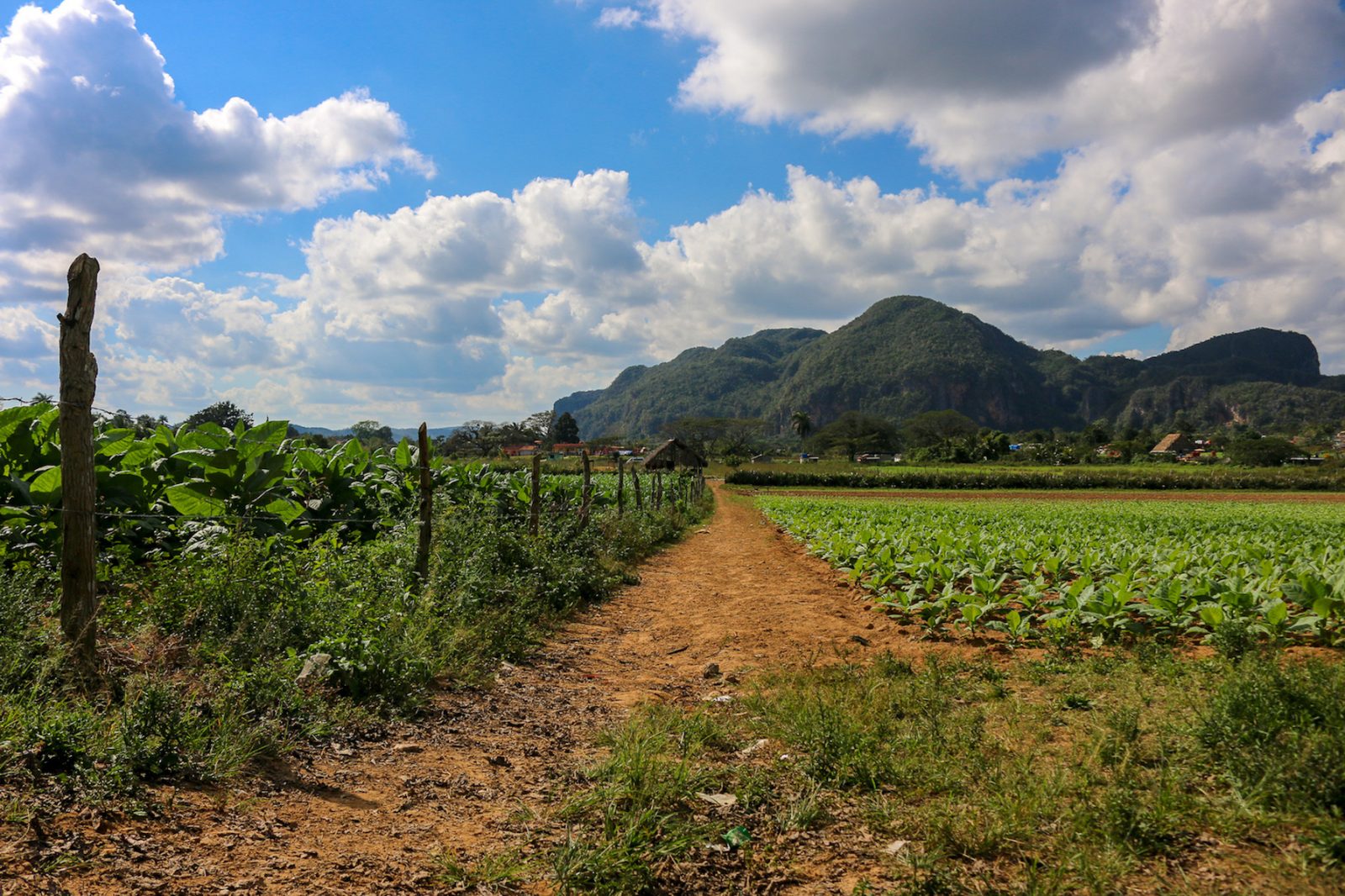
In an effort to fight erosion and land degradation, China began the “Great Green Wall” tree-planting program more than 40 years ago. According to a recent study by Boston University researchers, the amount of green leaf area on Earth has grown in recent decades, particularly in China and India.
Ranga Myneni, a BU professor of earth and environment who worked on the study, explained in an interview this phenomenon may seem surprising given the amount of plants lost each year through deforestation.
“Most of the time, we hear that forests are being cut and there is damage done to vegetation,” Myneni said. “That’s true in the tropics, like in Brazil and Africa, where we see deforestation and we are losing vegetation, but elsewhere, we are seeing an increase in green leaf area.”
According to the study, which was published last month in Nature Sustainability, the amount of green leaf area on Earth has increased by about 5 percent in the past two decades. This translates to about five-and-a-half million square kilometers, which is equivalent to the size of the Amazon rainforest.
Chi Chen, a doctoral student in the Department of Earth and Environment, led the study and said the increase in green leaf area, referred to as “greening,” is caused by a combination of environmental and human factors.
“We define two kinds of greening drivers,” Chen said. “There are direct drivers, which refers to human land use management. There are also indirect drivers, like climate change and carbon dioxide fertilization.”
Myneni explained these indirect drivers make it easier for plants to grow.
“One reason is that the climate is changing in a way that is favorable for plant growth,” he said. “Another reason is that we are putting a lot of carbon dioxide in the atmosphere, and plants use carbon dioxide for photosynthesis, so we are in a way fertilizing plants by burning fossil fuels.”
The study used NASA satellite remote sensing data from the past nearly 40 years to analyze global changes in green leaf area since 1980, according to Myneni. The researchers found leaves are staying green for longer each year, and the total amount of green leaves is increasing each year.
Chen explained the study looked at greening on a global scale but found that India and China are the largest contributors to the phenomenon.
“China takes up only 6.6 percent of the global vegetated area, but it contributes 25 percent of the world’s greening,” Chen said. “For India, it is also surprising that around 70 percent of its land is showing greening. The proportion of greening in India ranks first.”
Myneni explained China and India are leading this phenomenon in part because their economies are growing, providing them with new resources in the agricultural and forestry sectors.
“The farmers are able to get credits from the bank,” Myneni said. “They can irrigate. Previously they grew only one crop per year, now they’re growing two or three crops a year.”
The study suggested the increase in vegetation is not all positive, however, since different types of plants behave differently. Crops planted for intensive agriculture quickly release carbon back into the atmosphere after they absorb it, the study explained.
Myneni said adding vegetation is not an issue if it is done on land where plants previously grew.
“Planting trees is not a bad idea — actually, it’s a very good idea,” Myeni said. “There is no harm done when we do large-scale planting of trees. I’m saying, planting trees where there are no trees presented [is problematic].”
Chen explained future studies can be conducted in relation to this project’s findings. He said the next step is to study how greening might affect land surface temperatures.
According to Myneni, this study is unique because it revealed human activities play a more significant role in global greening than scientists have realized.
“Previously people said that climate change and carbon dioxide fertilization are causing the greening,” he said, “but in this study, we found that human actions, such as growing two or three crops a year on the same piece of land or planting trees, is also a very important reason why the earth is greening.”


























































































































